Most homeowners believe they can do small renovations themselves and have the wisdom to hire a contractor for projects that require professional help. However, home renovations are always fraught with unexpected problems, and even seemingly simple projects can often become complicated.
Planning.

Whether you are remodeling or repairing, hiring a contractor or tackling the project yourself, planning is an important part of the process. Start by assessing the scope of the project, including identifying the materials needed, establishing a budget that includes a 10-25% cushion for unexpected expenses, and establishing a realistic timeline. Even if you are considering a DIY remodel, consulting with a contractor may prevent costly and time-consuming mistakes.
Don’t get caught up in trends.

Sure, design magazines may feature chic color schemes and the latest fads, but a home is an investment that will stand the test of time. Pay attention to the overall style of your home and plan your interiors accordingly. Don’t go for Victorian flourishes on a contemporary roof, or disrupt the Spanish feel of southwestern architecture. But make sure these accents complement the basic architectural style of the home.
Set a realistic budget.
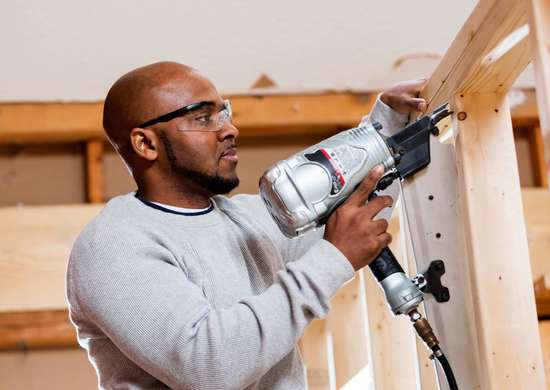
Renovating a home can be expensive. The larger the renovation project, the more you need to budget for unexpected costs. Obtain written estimates for demolition and construction debris removal, costs of building materials, appliances, fixtures, flooring, cabinets, and counters, required electrical, plumbing, and renovations, and costs associated with code compliance. If an outside contractor is hired, ensure that the estimate clearly states all labor costs, insurance, change orders, and overages, and includes a written guarantee. Also double-check that the estimate includes specific delivery dates and payment terms.
Measure Twice, Cut Once

Measure twice and cut once” is an old carpenter’s saying with a lot of truth behind it. When installing countertops, appliances, fixtures, flooring, etc., even 0.5 cm can make a big difference. Many home centers offer free measuring services. Use this service whenever possible to avoid costly mistakes. If you are cutting your own materials, have a friend measure them for you and compare their measurements to yours.
Purchase high-quality materials.

Try to purchase the best materials possible, as those on a limited budget can cheapen the overall effect of your interior design. When choosing materials, you should consider style, color, durability, longevity, moisture resistance, overall cost, and other factors related to the specific function of the product. Choosing energy-efficient appliances and water-saving faucet fixtures will save you money, make your home more attractive, and ultimately increase its resale value.
Prepare for vandalism.
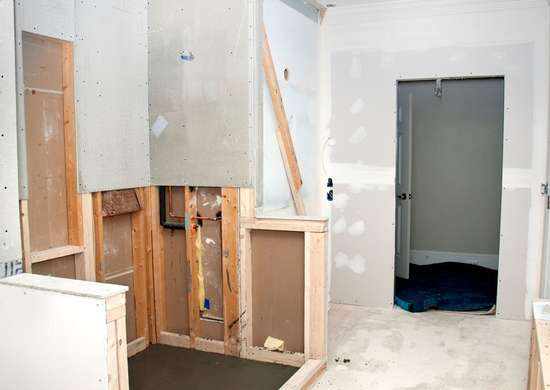
Remodeling is a difficult, dusty, and dirty process that can cause disruption to your home. Make sure everyone in the family can tolerate some disruption and inconvenience, and plan to complete the work in plenty of time. Before any major demolition or reconstruction, do everything you can to minimize inconvenience to your family. Be patient and wait.
Choosing the Right Paint Finish

A coat of paint can transform any room, but it is important to choose the right finish. Gloss or semi-gloss finishes are needed for humid areas such as bathrooms and laundry rooms. Flat lacquers are suitable for ceilings, while washable eggshell or satin finishes are suitable for walls. Semi-gloss paints give moldings and trim an eye-catching appearance.
Create Ambiance with Lighting
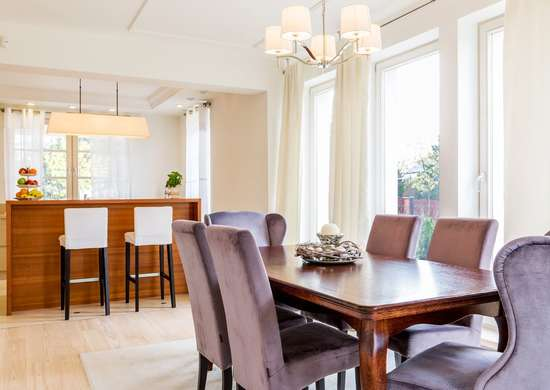
A great way to change the overall ambiance of a home is to change the lighting. Large overhead lights make a bold design statement, while accent lights make everyday tasks more pleasant. Replace old or broken fixtures with attractive, modern ones, and consider energy-efficient LED bulbs to help reduce utility bills. Double-check that outlets and circuits are up to code and can handle today’s technological demands.
Don’t limit your space.
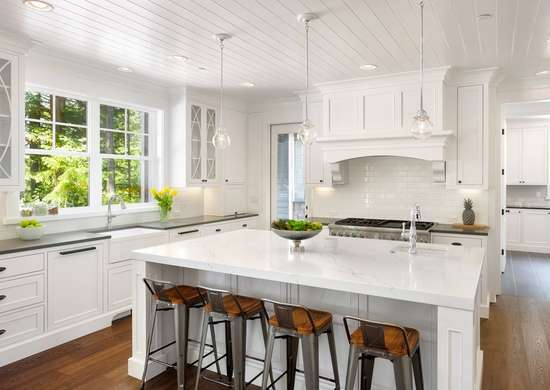
But don’t try to add bathrooms or wardrobes at the expense of the floor plan. Make sure there is enough space for doorways, hallways, and stairways, and keep in mind that the big is always better than the small. When renovating a bathroom or kitchen, take advantage of the many creative storage solutions available today, such as corner cabinet drawers, lazy susans, drawer dividers, and shelf supports that expand counter space.
Archiving Documents
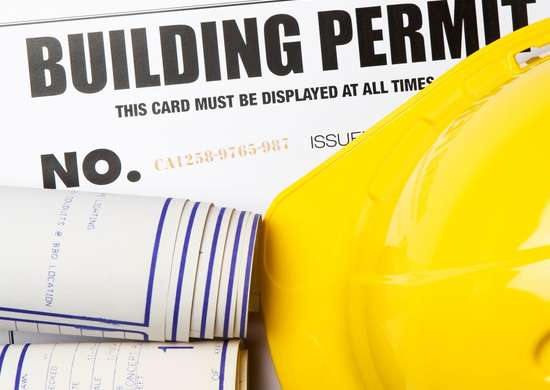
Home renovations that are more than cosmetic changes, such as painting or wallpapering, may require a building permit. If you are making major changes to the structure of your home, be sure to obtain a permit to ensure that the work is done properly and complies with municipal building codes. If work is done without a permit and something goes wrong, it may not be covered by the homeowner’s insurance.
Wear protective equipment

To prevent accidents and injuries, wear protective equipment when doing DIY remodeling. This includes goggles, work shoes, a hard hat, and a gas mask. Heavy-duty gloves will protect your hands from wood spikes, nails, and debris, and earplugs will help protect your hearing from loud construction noises. Avoid loose-fitting clothing that can snag on tools and machinery.
Safety Considerations.

Take necessary safety precautions to prevent injury to yourself or others. Secure all loose tools and materials at the job site. Open windows and provide adequate ventilation when painting, staining, or handling other chemicals. Do not stand on ladders and rely on spotters to stabilize ladders. Before you begin remodeling, have a first aid kit ready and locate the nearest emergency room or hospital emergency room.
Know your limits.
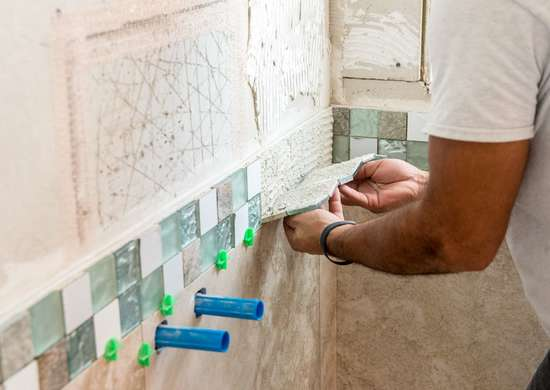
Not everyone is cut out for DIY, and even experienced DIYers can sometimes have costly and time-consuming accidents. Know your limits and don’t take on projects that are beyond your skill level. If you do hire a professional, ask for a reputable contractor, check references, and get multiple quotes.









